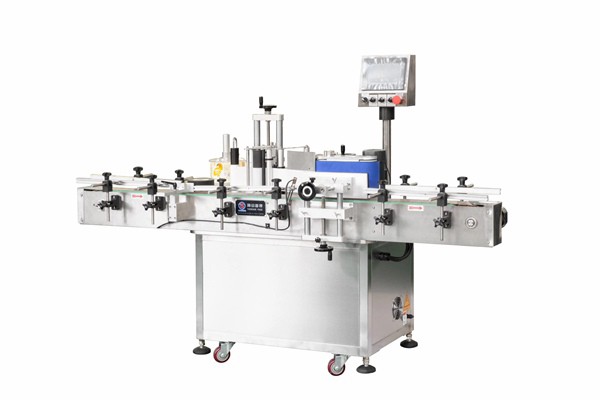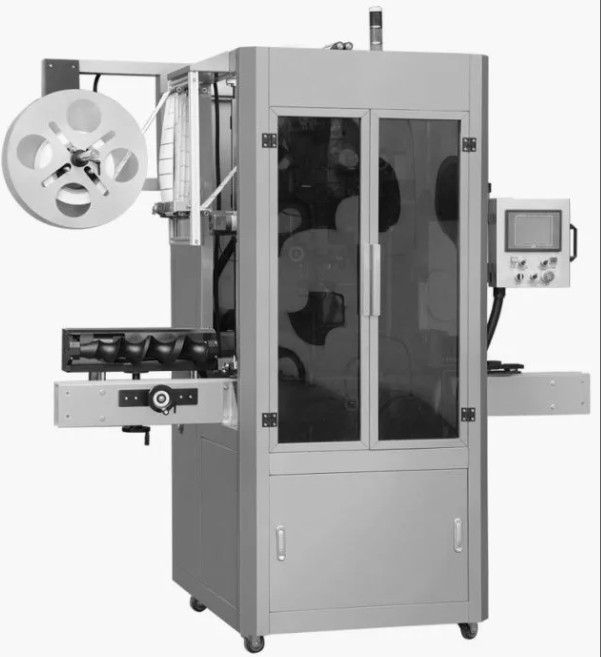The Unseen Engine of Modern Packaging: A Comprehensive Guide to Labeling Machines
Product description
In the bustling world of manufacturing and logistics, where speed, accuracy, and presentation are paramount, there exists a silent workhorse that guarantees these standards are met with unwavering consistency: the labeling machine. Far more than a simple applicator, this equipment is a sophisticated system that sits at the very heart of the packaging line, ensuring every product that rolls off the conveyor is perfectly identified, branded, and ready for the market. From artisanal food jars to pharmaceutical bottles and countless parcels, labeling machines provide the critical final touch. This guide delves into the intricacies of these vital systems, exploring how they drive efficiency, enhance brand integrity, and form the backbone of modern production and distribution.
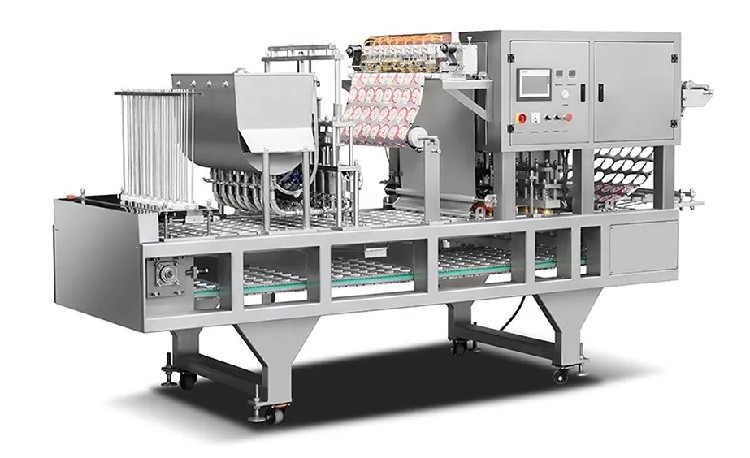
Defining the Modern Labeling Machine
A labeling machine is an automated device designed to apply labels to products, packages, or containers with precision and high speed. It replaces the slow, error-prone process of manual labeling, introducing a level of reliability that is essential for scalable operations. These systems can handle a vast array of shapes and sizes, from flat surfaces and cylindrical containers to irregular objects. At its core, a standard labeling machine integrates several key components: a conveyor system to transport items, a labeling head or applicator that places the label, a control system (often with a user-friendly touchscreen interface), and sensors that synchronize the entire process. Their primary function is to ensure that crucial information—from branding and ingredients to barcodes and shipping details—is accurately and securely affixed to every single item.
Core Features That Power Precision and Reliability
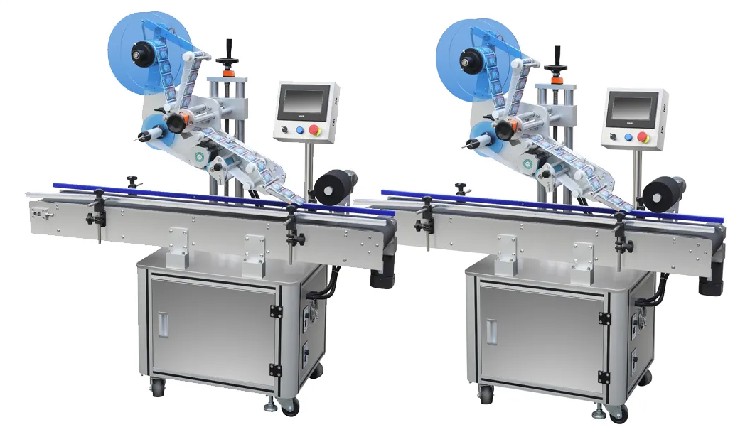
The effectiveness of a labeling machine is built upon a foundation of engineered features, each contributing to its seamless operation.
Advanced Application Mechanisms: Different products demand different application techniques. High-quality machines employ various methods such as wipe-on, blow-on, or tamp-blow. The wipe-on method uses a brush or pad to smooth the label onto the product, ideal for flat surfaces. The blow-on technique uses precisely directed air jets to apply labels without physical contact, perfect for fragile or uneven items. This versatility ensures a flawless application regardless of the product's geometry.
Intelligent Sensing and Synchronization: Sophisticated sensors, including photoelectric and vision systems, are the eyes of the machine. They detect the presence, position, and sometimes even the orientation of each product. This information is fed to the central controller, which triggers the labeling head at the exact millisecond required for perfect placement. This intelligence is what allows for consistent accuracy even at high speeds.
Robust Construction for Demanding Environments: Built for continuous operation in industrial settings, these machines feature durable frames typically constructed from stainless steel or powder-coated aluminum. This ensures longevity, resistance to corrosion, and the ability to withstand the rigors of a 24/7 production environment, including areas requiring frequent wash-downs.
User-Centric Control Interface: Modern machines prioritize operational ease. An intuitive Human-Machine Interface (HMI), usually a color touchscreen, allows operators to quickly set up jobs, adjust parameters, monitor real-time performance, and access diagnostic information. This reduces training time and empowers operators to resolve minor issues swiftly, minimizing downtime.
High-Speed Throughput and Flexibility: A primary driver for automation is increased output. Labeling machines can apply hundreds of labels per minute, dramatically accelerating packaging lines. Furthermore, their design often allows for quick changeovers between different product lines, enabling manufacturers to efficiently manage small batches and diverse product portfolios without significant delays.
The Tangible Business Benefits of Automation
Investing in an automated labeling solution yields a significant return on investment across multiple operational facets.
Unmatched Accuracy and Brand Consistency: By eliminating human error, these systems ensure every label is applied straight, smooth, and free of wrinkles or bubbles. This consistency is vital for brand perception, as a poorly applied label can undermine consumer confidence and product quality. It also drastically reduces the need for rework and associated material waste.
Substantial Labor Savings and Operational Efficiency: Automating a repetitive manual task reallocates human resources to more value-added roles like quality assurance and process optimization. This not only reduces labor costs but also boosts overall morale and productivity. The increased line speed directly translates to higher throughput and the ability to meet demanding delivery schedules.
Enhanced Traceability and Regulatory Compliance: For industries governed by strict regulations, such as food, pharmaceuticals, and chemicals, labeling accuracy is non-negotiable. Automated systems guarantee that critical data—batch numbers, expiry dates, and safety warnings—is applied correctly and legibly on every item. This simplifies compliance, supports audit trails, and makes product recalls more manageable and precise.
Scalability for Future Growth: A labeling machine provides a foundation for business expansion. It allows companies to scale their production up without the proportional increase in labeling labor or the associated errors that often come with rapid scaling. The system grows with the business.
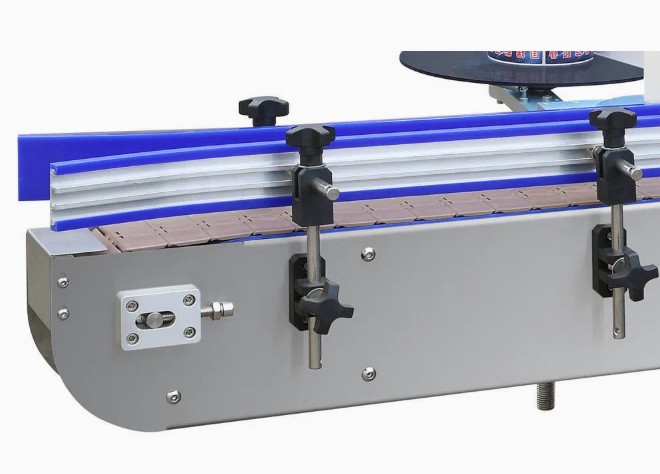
Diverse Applications Across Global Industries
The versatility of labeling machines makes them indispensable in a wide spectrum of sectors.
Food and Beverage: This industry relies heavily on labelers for applying nutritional facts, ingredients, barcodes, and best-before dates on everything from canned goods and beverage bottles to jars and flexible packages.
Pharmaceuticals and Healthcare: Patient safety hinges on precise labeling. Machines apply dosage instructions, patient-specific information, and tamper-evident seals to bottles, vials, and boxes with absolute accuracy.
Cosmetics and Personal Care: In a market driven by aesthetics, perfect label placement on bottles, tubes, and jars is essential for conveying a premium brand image and ensuring a high-quality consumer experience.
Logistics and E-commerce: Distribution centers depend on automated print-and-apply systems to label thousands of parcels per hour with shipping labels and tracking barcodes, which is the backbone of efficient modern supply chains.
Frequently Asked Questions About Labeling Machines
Q1: What are the main types of labeling machines available?
A1: Labeling machines are generally categorized by their level of automation and orientation. Common types include semi-automatic (operator places the product, machine applies the label) and fully automatic (integrated into a conveyor line). They can also be designed for specific applications like front-and-back labeling, wrap-around labeling for cylinders, or top labeling.
Q2: Can one machine handle different label and product sizes?
A2: Yes, versatility is a key feature of modern machines. Many are designed with adjustable components and digital settings that allow operators to quickly switch between different product and label sizes. Pre-set job profiles can be saved and recalled for rapid changeover.
Q3: What is a "print-and-apply" system?
A3: A print-and-apply system integrates a label printer (like a thermal transfer printer) with the applicator. It generates labels with variable data—such as unique serial numbers, addresses, or expiration dates—and applies them immediately. This is crucial for track-and-trace, shipping, and customization.
Q4: How are pressure-sensitive labels different?
A4: Pressure-sensitive labels are the most common type used with modern machines. They have a pre-applied adhesive on the back and are supplied on a roll of release liner (backing paper). The machine peels the label from this liner and applies it to the product. This method is clean, efficient, and allows for complex label shapes.
Q5: What kind of maintenance do these machines require?
A5: Maintenance is typically straightforward and focuses on reliability. Routine tasks include cleaning adhesive rollers and sensors, checking for wear on consumable parts like the peel plate, and lubricating moving components. A consistent preventive maintenance schedule is the best practice to ensure long-term, trouble-free operation.
Conclusion: The Strategic Advantage of Automated Labeling
A labeling machine is far more than a piece of factory equipment; it is a strategic investment in quality, efficiency, and brand reputation. In today's competitive landscape, the consistency and reliability it brings to the packaging process are invaluable. By ensuring that every product is perfectly identified and professionally presented, businesses can reduce costs, enhance compliance, and build a stronger connection with their customers. For any organization looking to optimize its operations and secure a competitive edge, implementing a robust labeling solution is a clear and decisive step forward.
Recommended products
